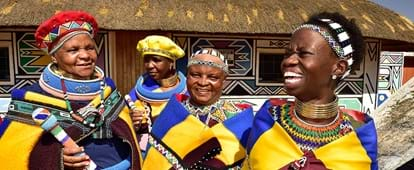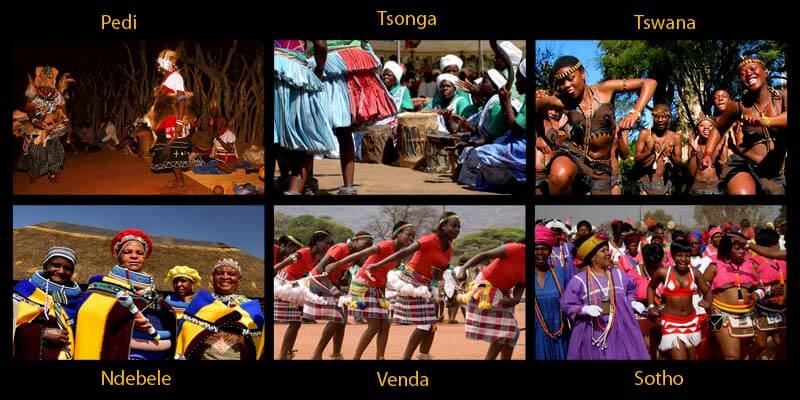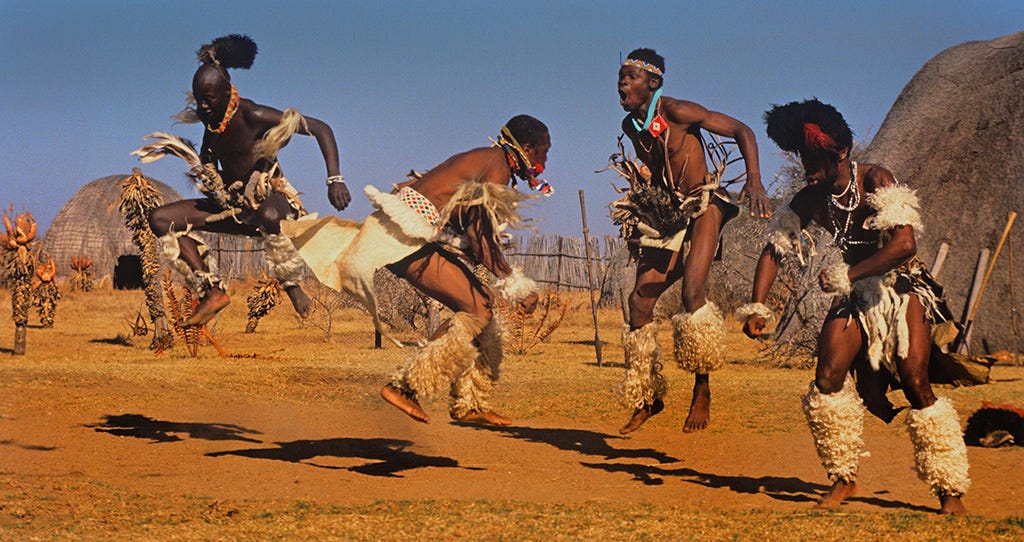Rumored Buzz on South African Culture Today
Some Of South African Culture Today
Table of ContentsUnknown Facts About South African Culture TodayWhat Does South African Culture Today Mean?Some Known Questions About South African Culture Today.Things about South African Culture TodayThe Best Strategy To Use For South African Culture TodayNot known Facts About South African Culture Today
This adheres to with vocal singing and drum whipping. The couple then meet the seniors and talk concerning the importance of their union. An issue of value in Zambian towns is the passing away of liked ones. All members of the village placed money, effort and time with each other for the funeral of the deceased.Songs and dance is a really vital element of the Zambian culture. The different tribal units have their own dance types; however, makishi is common amongst all people.
Some Known Details About South African Culture Today
When it concerns music, drums are made use of one of the most, with a selection of drumming events. In Zambia, majority of individuals are Christian; Protestant and Roman Catholic. There are tiny groups of Muslims and Hindus, with the remainder adhering to neighborhood native tribal beliefs.

South African heritage and society is greatly diverse, and consists of many various teams of individuals who each have their very own traditions and ideas. Having such a variety of people and cultures is what makes South Africa so one-of-a-kind. In truth feeling of the phrase, we are a rainbow nation.
South Africa has around 3 hundred thousand Portuguese people living in it. Making it the 7th on the checklist of countries with one of the most Portuguese people in it outside of Portugal. Portuguese is not only a culture, however it is additionally a language and a citizenship. Portuguese people originate from the country of Portugal in Europe, nevertheless, due to Portugal (like numerous various other nations in Europe) checking out the world and conquering various other nations during the 15th 20th centuries, South Africa has what we call Portuguese South African's living in it.
The 10-Minute Rule for South African Culture Today
Amongst the popular attributes of the topography is a plateau that covers almost two thirds of the center of the country. The plateau complex increases toward the southeast, where it climaxes in the Drakensberg array, part of an escarpment that separates the plateau from the coastal locations. The Drakensburg includes Sparkling wine Castle, the highest possible height in the nation.
The area north of the Witwatersrand, called the bushveld, inclines downward from east to west towards the Limpopo River, which develops the global border. The western area of the plateau, the middleveld, also descends in the direction of the west and varies in elevation between the highveld and bushveld. Between the Drakensburg and the eastern and southern coastline, the land comes down to the sea.
Nearer the coast there is a low-lying level called the eastern lowveld. Southwest of the plateau the country ends up being gradually more dry, providing method to the hostile desert of the Great Karroo, approached the eastern by the reduced, better sprinkled plateau of the Little Karroo. Separating the dry southerly inside from the sandy littoral of the southerly shore and West Cape is another variety, the Langeberg.
The Main Principles Of South African Culture Today
The country's racially, ethnically, and politically split history has actually generated nationwide and subnational symbols that still operate as symbols of the nation, and others symbols that are accepted only by specific groups. The monoliths to white settler conquest and political dominance, such as the Afrikaner Voortrekker ("leader") Monument in Pretoria and the Rhodes Monolith honoring the British colonial empire builder and Cape prime preacher Cecil Rhodes, stay sectarian icons.
The very first modern-day inhabitants were the San ("bushman") hunter-gatherers and the Khoi ("Hottentot") individuals, who herded animals (South African culture today). The San may have been existing for hundreds of years and left proof of their visibility in countless old cavern paintings ("rock art"). Bantu-speaking clans that were the ancestors of the Nguni see this page (today's amaZulu, amaXhosa, amaSwazi, and vaTsonga individuals) and Tswana-Sotho language groups (today's Batswana and Southern and Northern Basotho) migrated below eastern Africa as early as the fifteenth century

Both former republics of the Orange Free State and Transvaal (South African Republic) were developed by Afrikaner go right here inhabitants that beat and dispossessed the Basotho and Batswana. Lesotho would certainly have been forcibly incorporated right into the Orange Free State without the extension of British security in 1869. The supreme unification of the country resulted from the South African War (18991902) between the British and the two Afrikaner republics, which reduced the country to spoil at the beginning of the twentieth century.
Afrikaners historically considered themselves the only true South Africans and, while granting complete citizenship to all homeowners of European descent, rejected that condition to individuals of color until the democratic shift of 1994. British South Africans preserve a feeling of cultural and social connection to Great Britain without weakening their identification as South Africans.
How South African Culture Today can Save You Time, Stress, and Money.
The diversity and fragmentation within ethnic groups and the equilibrium of tensions in between those groups throughout the twentieth century stopped interethnic civil conflict. While intergroup stress over resources, privileges, and political supremacy remain, those disputes are as most likely to pit Zulu versus Zulu as Zulu versus Xhosa or African against Afrikaner.
From more tips here colonial India, British merchants and managers brought the curved steel ornamental roof coverings and slender shoelace work columns that still exemplify the terraces of homes in towns and cities throughout the country. Holy places contribute a vital architectural element also in the tiniest towns. Along with the soaring steeples and traditional stonework of Afrikaans Dutch Reformed churches, Anglican churches, synagogues, mosques, and Hindu temples give range to the spiritual architectural scene.

Slaughtering and the brewing of typical cereal beer are important in securing the participation and goodwill of the ancestors who are thought about the guardians of great ton of money, prosperity, and well-being. Indian communities preserve their native culinary traditions and apply them on Islamic and Hindu routine and ritualistic celebrations. Afrikaners and Coloured individuals collect at weekend breaks and special events at multifamily barbecues called braais, where community bonds are strengthened.
Because this was the primary financial business of both black Africans and white colonists, conflict in between those groups fixated the property of grazing land and livestock. In 1867, the biggest diamond deposits on the planet were uncovered at Kimberley in the west main area. The riches from those areas assisted finance the exploitation of the best gold coral reef in the world, which was discovered on the Witwatersrand in 1886.
The Definitive Guide for South African Culture Today
This caused misunderstandings and deliberate misrepresentation in the dealings of white settlers and federal government officials with African principals during the colonial period (South African culture today). In the facility of African reserves, some elements of public and chiefly "tribal trust fund" land period were preserved, and even in white backwoods, types of public tenure were still exercised in locations with African communities
After the democratic makeover of 1994, programs for land restitution, redistribution, and reform were instituted, however progression has been sluggish. The white minority still regulates eighty percent of the land. In the wake of agricultural land invasions in Zimbabwe, the Division of Land Matters has pledged to speed land redistribution.